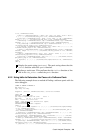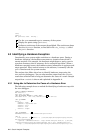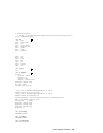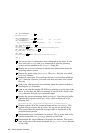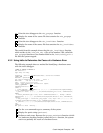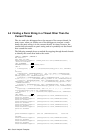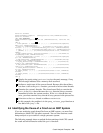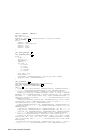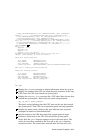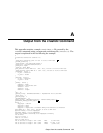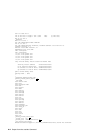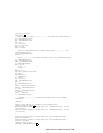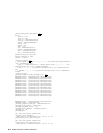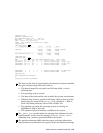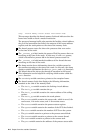
11 pgrp_ref(0xffffffffa52c6000, 0x0, 0xfffffc000023ee20, 0x6b7, 0xfffffc000\
05e1080) ["../../../../src/kernel/bsd/kern_proc.c":561, 0xfffffc00003734c4]
12 exit(0xffffffffb53ef740, 0x100, 0x1, 0xffffffffa42e5e80, 0x1) ["../../..\
/../src/kernel/bsd/kern_exit.c":868, 0xfffffc000023ef30]
13 rexit(0xffffffff814d2d80, 0xffffffffb53ef758, 0xffffffffb53ef8b8, 0x1000\
00001, 0x0) ["../../../../src/kernel/bsd/kern_exit.c":546, 0xfffffc000023e7dc]
14 syscall(0xffffffffb53ec000, 0xfffffc000068a300, 0x0, 0x51, 0x1) ["../../\
15 _Xsyscall(0x8, 0x3ff800e6938, 0x14000d0f0, 0x1, 0x11ffffc18) ["../../../\
(dbx)
p *pmsgbuf
7
struct {
msg_magic = 405601
msg_bufx = 701
msg_bufr = 134
msg_bufc = "0.64.143, errno 22
NFS server: stale file handle fs(742,645286) file 573 gen 32779
getattr, client address = 16.140.64.143, errno 22
simple_lock: uninitialized lock
pc of caller: 0xfffffc00003734c4
lock address: 0xffffffffa52c6000
lock class name: (unknown_simple_lock)
current lock state: 0x00000000e0e9b04a (cpu=0,pc=0xfffffc00e0e9b048,free)
panic (cpu 0): simple_lock: uninitialized lock
simple_lock: hierarchy violation
pc of caller: 0xfffffc000046f384
lock address: 0xfffffc00006292f0
lock info addr: 0xfffffc0000672cc0
lock class name: xna_softc.lk_xna_softc
class already locked: session.s_fpgrp_lock
.
.
.
}
(dbx) quit
1 Display the ustname structure to obtain information about the system.
2 Display the number of the CPU on which the panic occurred, in this case
CPU 0 was the CPU that started the system panic.
3 Display the machine_slot structure for a CPU other than the one that
started the system panic. Notice that the panic string contains:
cpu_ip_intro: panic_request
This panic string indicates that this CPU was not the one that started
the system panic. This CPU was requested to panic and stop operation.
4 Display the panic string, which in this case indicates that a process
attempted to obtain an uninitialized lock.
5 Set the context to the CPU that caused the system panic to begin.
6 Perform a stack trace on the CPU that started the system panic.
Notice that the panic function appears twice in the stack trace. The
series of events that resulted in the first call to the panic function
caused the crash. The events that occurred after the first call to the
Crash Analysis Examples 4–11



